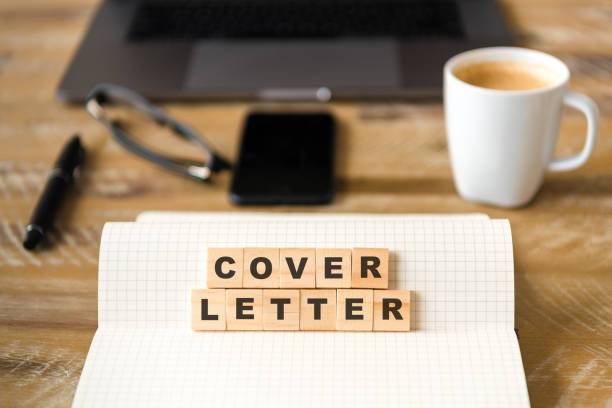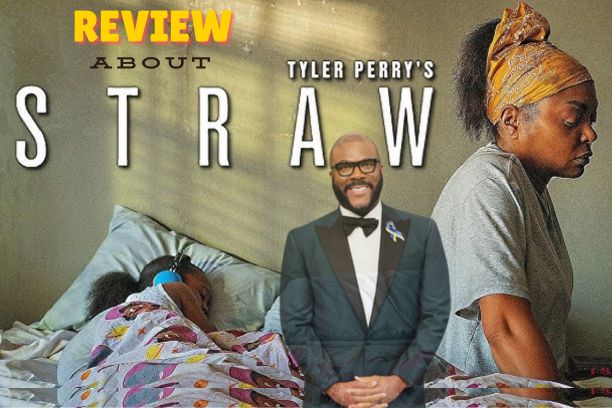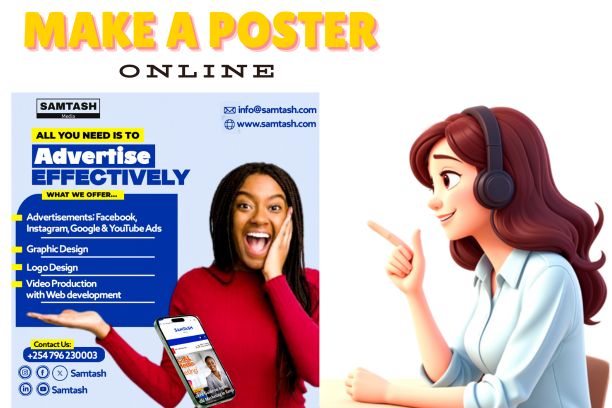
In the competitive job market of 2024, a cover letter serves as a crucial tool to showcase your personality and qualifications. Many job seekers overlook its importance, but a well-crafted cover letter can set you apart from other candidates. This guide will walk you through the essentials of writing compelling cover letters, covering what employers look for, what to avoid, and a step-by-step procedure to create an outstanding letter.
The Importance of a Cover Letter
A cover letter complements your resume, providing a narrative that explains your skills and experiences in a way that numbers on a page cannot. It allows you to connect with the hiring manager, giving them insight into your motivation and fit for the role. Employers often use cover letters to gauge your writing ability and to see how well you articulate your qualifications. Therefore, investing time into crafting a strong cover letter can significantly improve your chances of landing an interview.
What Employers Look For in Your Cover Letter
When you submit a cover letter, it’s essential to know what hiring managers are specifically looking for. Here are six key elements:
- Personalization: A tailored cover letter that addresses the hiring manager by name shows that you have done your research and are genuinely interested in the position.
- Clear Structure: Employers appreciate a cover letter that is easy to read. Use clear paragraphs and avoid long, convoluted sentences.
- Specific Examples: Include concrete examples of your achievements and how they relate to the job. This adds credibility and relevance.
- Passion for the Role: Your enthusiasm can shine through in your writing. Employers want to see that you are excited about the opportunity.
- Alignment with Company Values: Research the company’s mission and values. A cover letter that reflects an understanding of these aspects can make a strong impression.
- Professional Tone: Maintain a professional and positive tone throughout your cover letter. Avoid slang and overly casual language.
What to Avoid When Writing The Letter
While it’s important to know what to include in your cover letter, it’s equally vital to be aware of what to avoid. Here are seven pitfalls to steer clear of:
- Generic Templates: Avoid using a one-size-fits-all cover letter. Personalization is key.
- Repeating Your Resume: Your cover letter should complement your resume, not simply restate it. Focus on storytelling rather than listing achievements.
- Overly Lengthy Content: Aim for a concise letter preferably one page. Avoid unnecessary fluff.
- Negative Language: Even if you’re addressing past job losses or challenges, maintain a positive and forward-looking tone.
- Typos and Grammatical Errors: Proofread your letter multiple times. Mistakes can signal a lack of attention to detail.
- Unrelated Skills: Focus on skills that are directly relevant to the job. Avoid listing unrelated experiences.
- Clichés: Phrases like “I am a hard worker” are overused. Find unique ways to express your work ethic.

Step-by-Step Procedure on How to Write a Great Cover Letter
Now that you know what to include and avoid, let’s break down how to write a great cover letter using the best template.
Step 1: Start with Your Header
Your cover letter should begin with your contact information, followed by the date, and then the employer’s contact details. Here’s a basic format:
Your Name
Your Address
City, State, Zip
Your Email
Your Phone Number
Date
Employer's Name
Company's Name
Company's Address
City, State, Zip Step 2: Create a Compelling Opening
In your opening paragraph, introduce yourself and state the position you are applying for. Mention how you found the job listing, and if you have a mutual connection, this is a good place to mention them.
For example, you might write that you are excited about the Marketing Coordinator position at ABC Company, having found it on LinkedIn, and that you have a passion for innovative marketing strategies.
Step 3: Showcase Your Skills and Experience
In the body of your letter, highlight your relevant experiences and skills. Use specific examples to demonstrate how your background aligns with the job requirements.
You could explain that in your previous role at XYZ Corporation, you managed a marketing campaign that resulted in a significant increase in lead generation, showcasing your ability to drive results effectively.
Step 4: Connect Your Values with the Company’s Mission
Use this section to show that you understand the company’s values and how you align with them.
For instance, you might express your admiration for ABC Company’s commitment to sustainability and innovation, stating that your personal philosophy aligns with their mission and you’re eager to bring your eco-friendly marketing practices to their team.
Step 5: Close Strongly
In your closing paragraph, express your enthusiasm for the position and your desire for an interview. Thank the employer for their time and consideration.
You could say you appreciate their consideration of your application and that you look forward to discussing how your skills align with the goals of ABC Company.
Step 6: Sign Off Professionally
End your letter with a professional sign-off, such as “Sincerely” or “Best regards,” followed by your name.
Closing Remarks
A great cover letter is not just a formality; it’s your first chance to make a lasting impression on a potential employer. By following the guidelines outlined in this post, you can craft cover letters that highlight your strengths and captivate hiring managers. Remember, cover letters offer a glimpse into who you are before they even glance at your CVs. Make it count!





